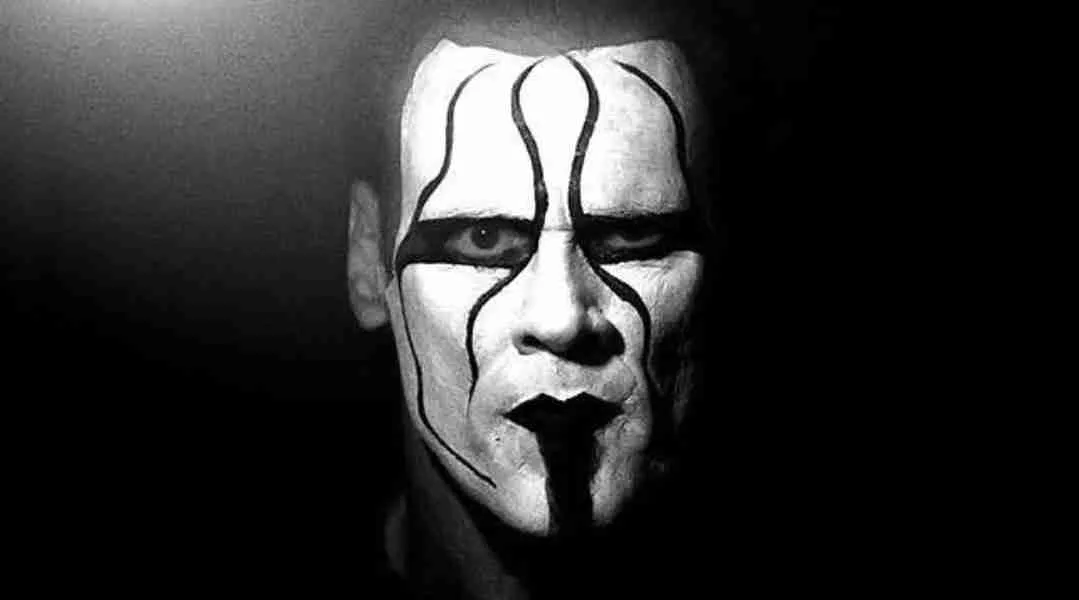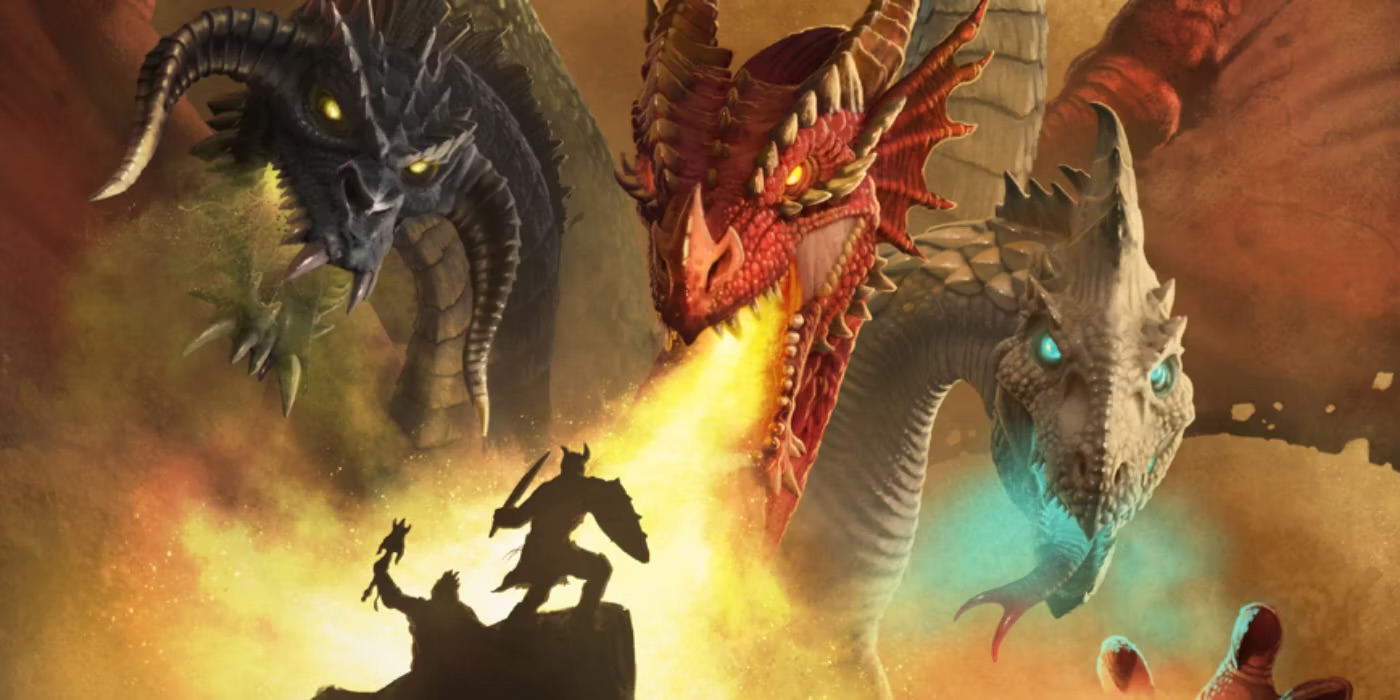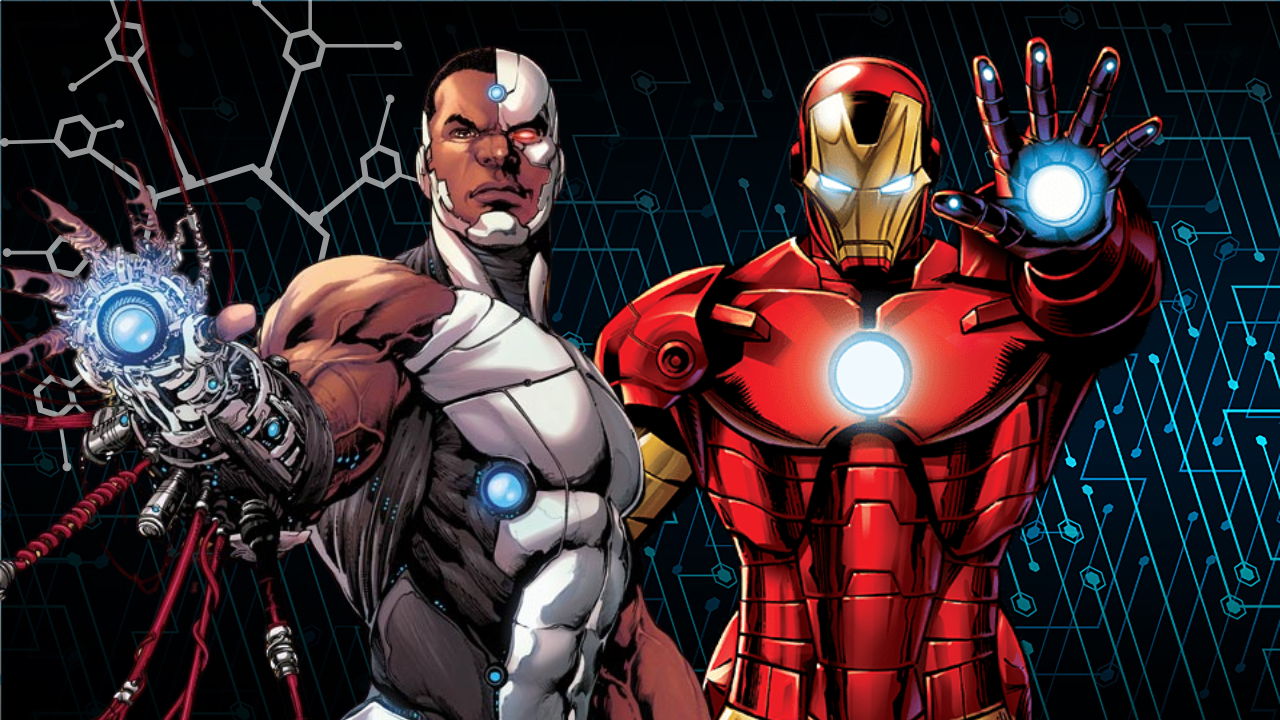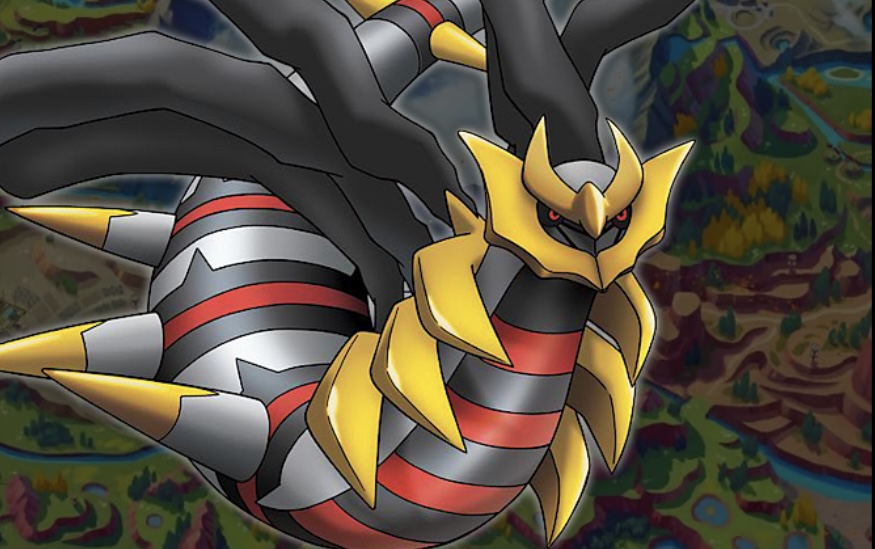In the annals of professional wrestling, certain names resonate as legendary figures, and one such name that stands out with an aura of mystique and charisma is Sting. From his early days in the wrestling circuit to his upcoming retirement with All Elite Wrestling (AEW) in March 2024’s Revolution PPV with Darby Allin against the Young Bucks. Sting’s career has been a journey marked by iconic moments, character reinventions, and an enduring impact on the sport. In this retrospective, we trace the steps of the man known as “The Icon” and celebrate the legacy he leaves behind.
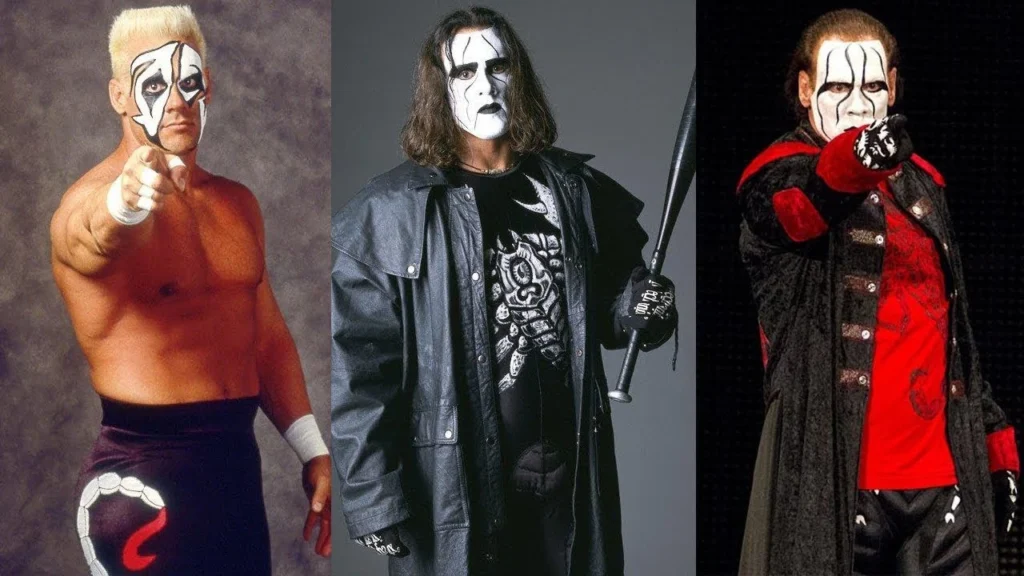
The Birth of an Icon (1985-1989):
Sting, born Steve Borden on March 20, 1959, began his wrestling career in the mid-1980s after a successful stint as a bodybuilder. His early years were spent in the Universal Wrestling Federation (UWF) and the National Wrestling Alliance (NWA), where he quickly gained attention for his athleticism, colorful persona, and charismatic presence.
It was during this period that Sting formed a tag team known as The Blade Runners with the Ultimate Warrior (then known as Rock). While the partnership was short-lived, it laid the groundwork for Sting’s evolution into a solo star. His bleach-blond hair, vibrant face paint, and high-energy performances in the ring set him apart and endeared him to fans.
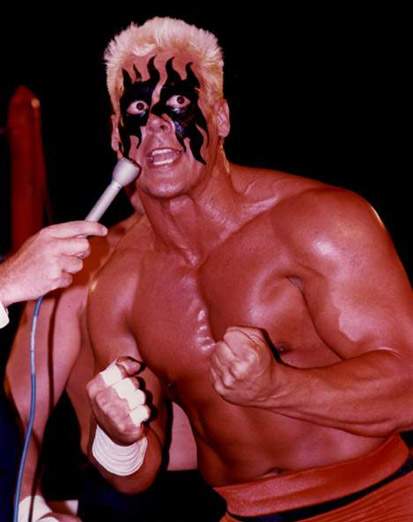
NWA/WCW: The Surfer Sting Era (1989-1996):
Sting’s career reached new heights when he became a cornerstone of Ted Turner’s World Championship Wrestling (WCW). The late 1980s saw Sting capture the NWA World Heavyweight Championship for the first time. His “Surfer Sting” persona, characterized by colorful attire, a blonde flattop haircut, and a vibrant personality, became synonymous with WCW’s rise as a major wrestling promotion.
During this era, Sting engaged in memorable rivalries with the likes of Ric Flair, the Four Horsemen, and the Dangerous Alliance. His feuds, combined with his high-flying in-ring style, made him a fan favorite and a symbol of WCW’s identity. The culmination of this period was Sting’s victory over Hollywood Hogan at Starrcade ’97, capturing the WCW World Heavyweight Championship in one of the most iconic moments in wrestling history.
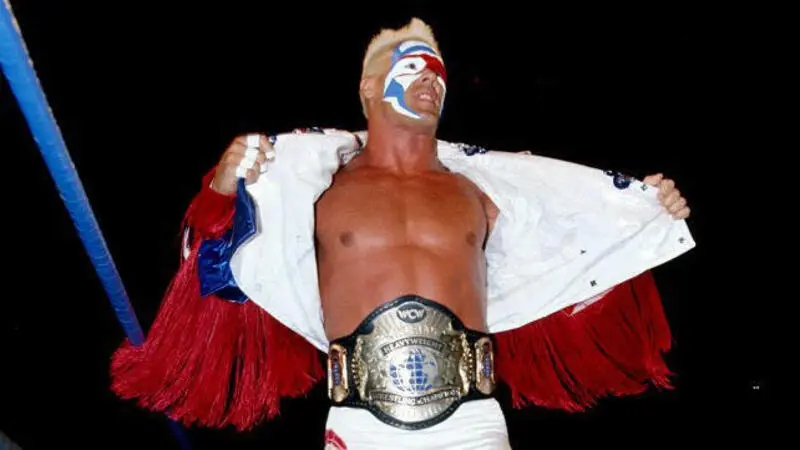
The Crow Sting: A Dark Turn (1996-2001):
In what would become one of the most significant character reinventions in wrestling, Sting underwent a radical transformation in 1996. The aftermath of the infamous “Montreal Screwjob” in the WWF and the rise of the nWo in WCW prompted Sting to adopt a darker, brooding persona inspired by the film “The Crow.”
With his face painted white, clad in black, and often perched in the rafters, Sting became an enigmatic figure, observing the chaos in WCW unfold. This Crow-inspired Sting would become one of the most iconic and enduring iterations of his character. The character shift culminated in a showdown against Hollywood Hogan at Starrcade ’97, a match that symbolized the battle between good and evil in the wrestling world.
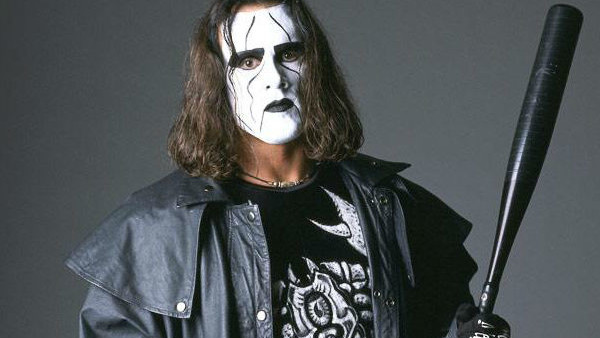
TNA Wrestling: The Later Years (2003-2014):
After WCW’s demise in 2001, Sting ventured into Total Nonstop Action (TNA) Wrestling. During his tenure with TNA, Sting continued to showcase his enduring star power and wrestling prowess. He engaged in feuds with rising stars, held the TNA World Heavyweight Championship multiple times, and solidified his status as a locker room leader.
In TNA, Sting’s character evolved, blending elements of his earlier personas. Whether he was the colorful, energetic Sting or the brooding, dark figure reminiscent of The Crow, he continued to captivate audiences. His commitment to reinvention and his ability to adapt to different storylines showcased his versatility as a performer. Including taking on Joker persona that is still talked about today as it was an extreme departure from the usually silent figure that we’d been accustomed to.
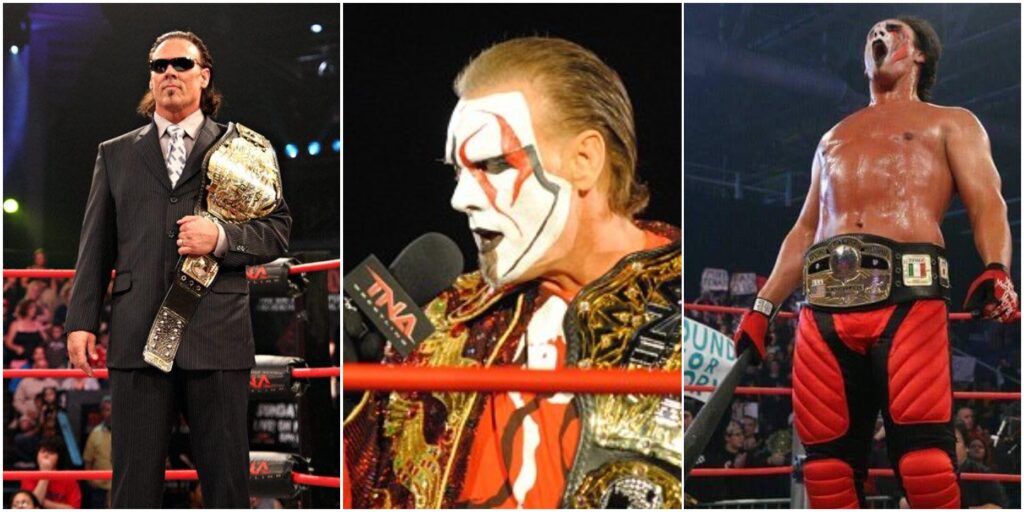
WWE Run and Hall of Fame (2014-2020):
Sting’s arrival in WWE in 2014 was a momentous occasion for fans who had longed to see him in the world’s biggest wrestling promotion. While his in-ring career in WWE was limited due to injuries, Sting’s presence alone was a testament to his enduring legacy. He had memorable matches against Triple H and Seth Rollins, but it was clear that the wear and tear of his storied career were catching up with him.
In 2016, Sting was inducted into the WWE Hall of Fame, a well-deserved honor that recognized his contributions to the wrestling industry. His induction speech reflected not only his gratitude but also the impact he had on generations of fans and fellow wrestlers.
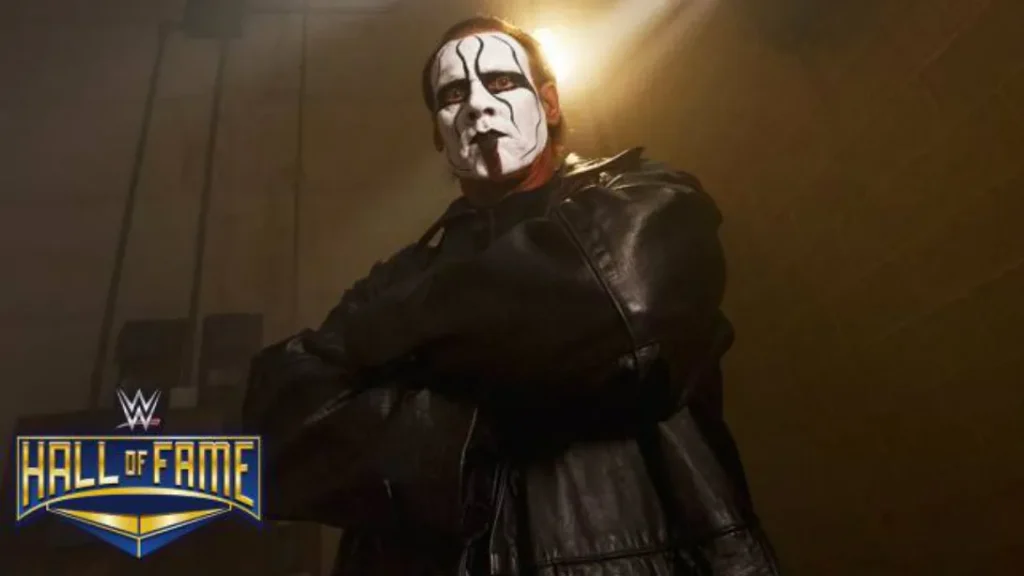
AEW: A Surprising Resurgence (2020-2024):
In a surprising turn of events, Sting made his AEW debut in December 2020, aligning himself with Cody Rhodes and Darby Allin. This unexpected resurgence showcased Sting’s ability to connect with new audiences and bring his aura of mystique to a fresh platform. AEW provided a stage for Sting to showcase his character without the physical demands of full-time competition.
His cinematic street fight at AEW Revolution in 2021, teaming with Darby Allin against Brian Cage and Ricky Starks, was a testament to Sting’s enduring commitment to delivering captivating performances. The match blended storytelling, nostalgia, and a touch of brutality, demonstrating that Sting’s presence in the ring remained a special attraction.
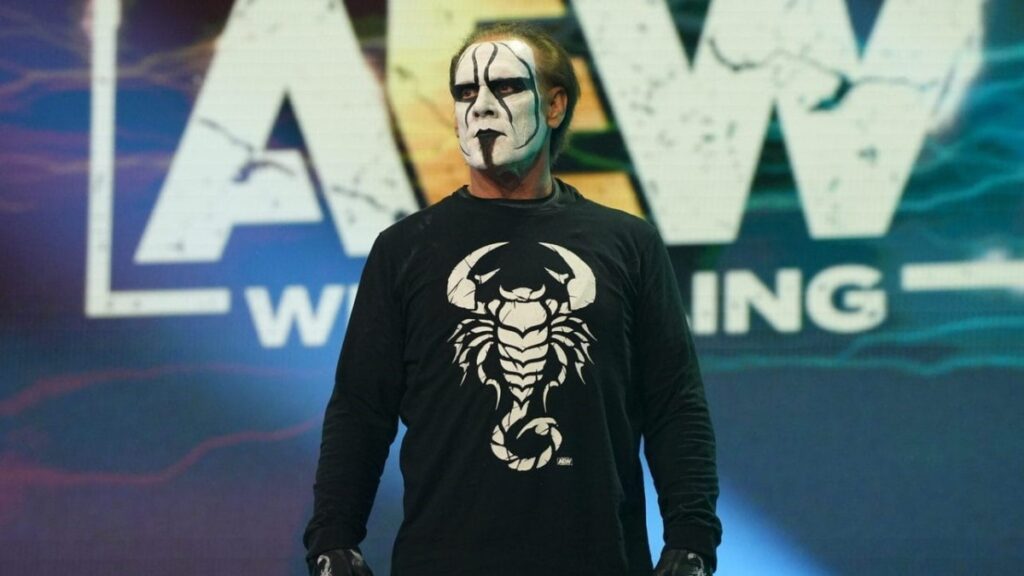
The Final Bow: Retiring with AEW:
As March 2024 approaches, Sting has announced his upcoming retirement match with AEW. This marks the end of an era, as one of wrestling’s most enduring figures takes his final bow. The details surrounding the retirement match are shrouded in mystery, fitting for a man who has thrived on unpredictability and spectacle throughout his career.
Sting’s decision to retire with AEW brings his journey full circle, from the early days of WCW to the modern era of professional wrestling. While the in-ring chapter may be closing, the impact of Sting’s career will resonate for years to come. His influence on the wrestling business, from character development to storytelling, is immeasurable.
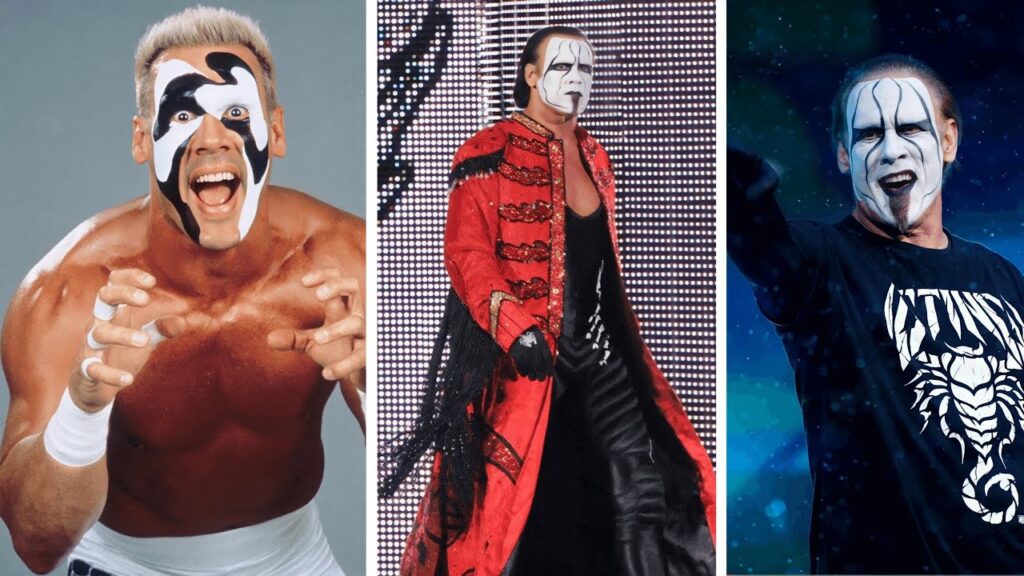
The Legacy of an Icon:
Sting’s career is more than a collection of matches and championships; it’s a story of reinvention, resilience, and an unwavering connection with fans. From the neon-colored hero of WCW to the brooding figure in the rafters, from WWE’s grand stage to AEW’s dynamic landscape, Sting’s journey is a testament to the enduring power of professional wrestling.
As we prepare to bid farewell to Sting in the wrestling ring, we celebrate the legacy of an icon who transcended eras, captivated hearts, and left an indelible mark on the tapestry of professional wrestling. The memories of Scorpion Death Drops, Stinger Splashes, and the enigmatic presence of The Icon will forever echo in the halls of wrestling history. Sting’s career is not just a chapter; it’s a saga that will be revisited and celebrated by fans, old and new, for generations to come.
Comment down below on if Sting should retire or keep going?

